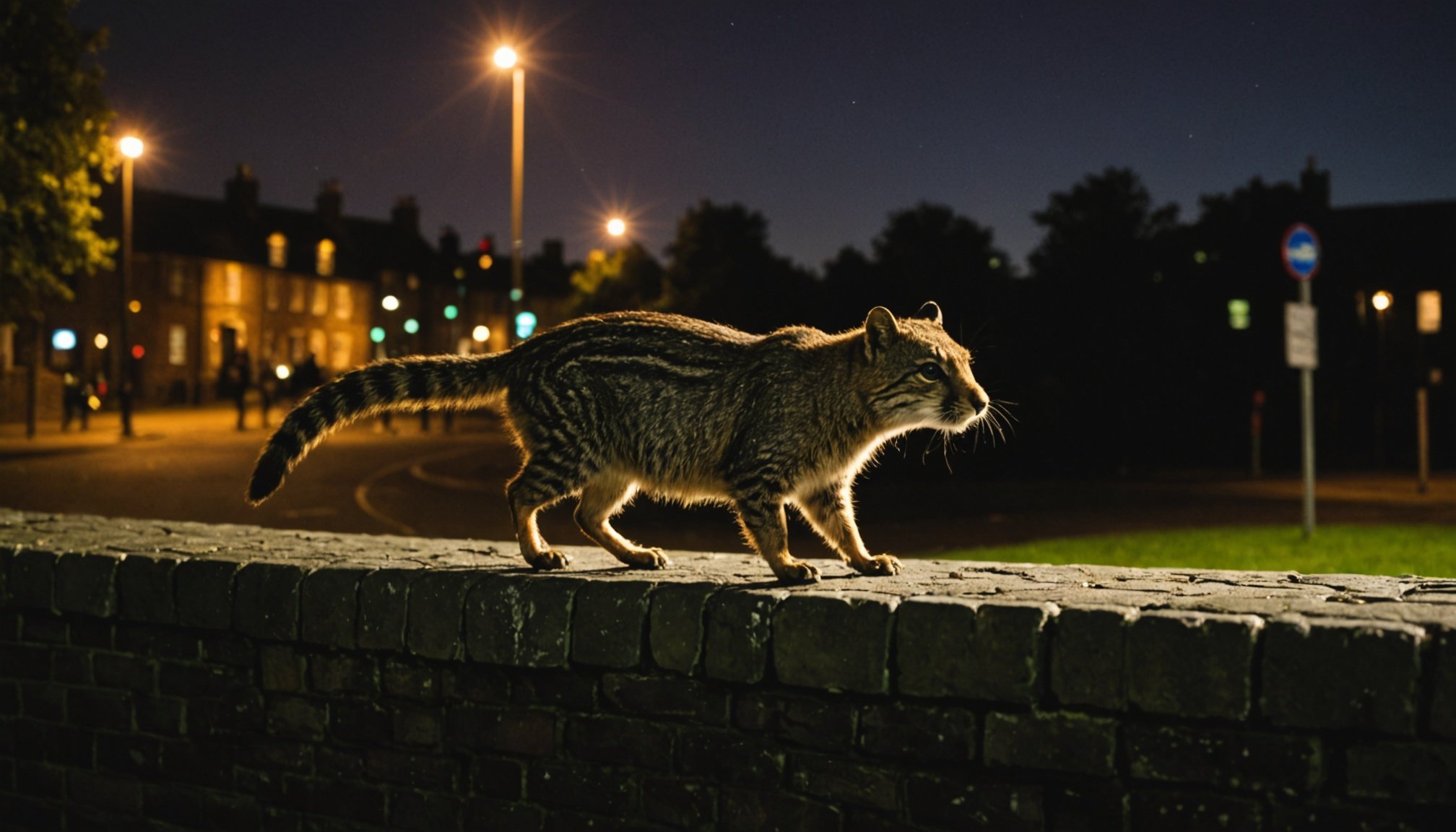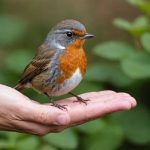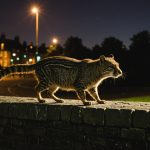Impact of Night-Time Curfews on Urban Wildlife
Night-time curfews have been implemented in urban settings for a variety of reasons, including public safety and health measures. These curfews restrict human activities during night-time hours, leading to significant changes in the urban environment. One notable impact of these curfews is on urban wildlife conservation, as they create a temporary reduction in human activity.
Animal behavior often shifts in response to these changes. For instance, some species become more active at night, taking advantage of quieter environments created by night-time curfews. Observations have shown that with less human interference, animals move freely through urban areas, sometimes reclaiming habitats previously overtaken by urban development. This behavioral shift is crucial for urban wildlife conservation, as it highlights the adaptability of species when human presence is minimized.
Also to discover : Empowering uk communities: your role in protecting local bat species
The connection between reduced human activity and wildlife recovery is evident, as ecosystems begin to experience a natural balance. Animals like foxes, raccoons, and birds have been spotted expanding their territories and feeding grounds. Moreover, this temporary lull benefits animal behavior study insights, as it provides real-world data on how urban wildlife can thrive when human pressures are alleviated.
Case Studies of Successful Implementations
Exploring how innovative strategies have been successfully applied can offer valuable insights into various fields. These success stories shed light on impactful approaches to urban planning and wildlife protection, among other areas. Let’s delve into some remarkable examples across the UK.
Also to read : Creating stag beetle havens: an enthusiast”s handbook for uk gardeners to preserve and support endangered populations
Example of London’s Curfews
In London, the introduction of curfews in certain areas significantly reduced human activity during late hours. This measure was part of broader urban planning initiatives to enhance both public safety and the urban environment. The curfews led to unexpected benefits, particularly for local wildlife. Areas previously bustling with nighttime activity saw a resurgence in urban wildlife, including foxes and hedgehogs reclaiming territories once dominated by humans.
Wildlife Recovery in Edinburgh
In Edinburgh, a focus on wildlife protection resulted in designated spaces allowing nature to flourish even within the city. Initiatives included creating green corridors and reducing urban noise, enabling species to thrive. The resurgence of certain bird species and increased biodiversity in these areas stands as a testament to the success of these efforts.
Impact Analysis in Manchester
In Manchester, detailed analyses of urban planning strategies revealed that reductions in pollution and noise, combined with strategic curfews, resulted in a noticeable uptick in wildlife activity. Comparative studies showed thriving animal populations post-implementation, offering a blueprint for similar urban settings globally.
Challenges and Drawbacks of Night-Time Curfews
Imposing night-time curfews can pose challenges related to urban development and existing infrastructures. One key issue is the potential negative impact on local businesses and the nightlife economy. Establishments like restaurants and entertainment venues thrive after dark, and curfews can severely restrict their operating hours, reducing revenue and ultimately affecting livelihoods. It’s crucial for economic planners to weigh these impacts carefully.
In addition to economic concerns, night-time curfews may conflict with existing urban development plans. Many cities have infrastructures designed to support activities around the clock, from subways operating late into the night to 24/7 convenience stores. Introducing curfews could necessitate costly changes or adjustments to these systems, affecting urban functionality.
Furthermore, balancing the needs of humans and wildlife during urban development is an ongoing struggle. Cities often face wildlife conflicts, where the needs of nocturnal animals might clash with late-night human activities. Curfews could offer a temporary reprieve, allowing wildlife to thrive at night without human interference. However, this approach must align with sustainable city development goals, ensuring both human and animal needs are met without compromising urban growth and progress.
Benefits of Night-Time Curfews on Urban Ecosystems
Implementing night-time curfews in urban environments can lead to notable improvements in both ecosystem restoration and biodiversity. This initiative reduces disturbances, enabling habitats to recover and flourish. For instance, the absence of human activity during curfew hours provides a calm environment that encourages the return of species that might have been displaced by the hustle and bustle of city life.
Such controlled periods offer unmatched opportunities for research and observation of wildlife. With reduced interference, researchers can document changes and better understand how wildlife adapts to less human interaction, contributing useful data to urban ecology studies.
Furthermore, successful night-time curfews have significant potential for long-term benefits on urban ecosystems. Enforcing these measures consistently may help regenerate green spaces and increase the variety of species in cities. Over time, this could improve air quality, regulate urban temperature, and enhance public spaces, making them more vibrant and sustainable.
Ultimately, biodiversity in cities thrives when thoughtful planning takes the natural world into account. By leveraging night-time curfews, urban planners can foster environments where both humans and nature coexist harmoniously, leading to healthier, more resilient urban ecosystems.
Future Considerations and Recommendations
In the dynamic world of urban development, understanding and addressing the needs of urban wildlife management is crucial for sustainability. As cities grow, they need comprehensive policy recommendations to safeguard wildlife. Urban planners should consider future planning that integrates wildlife-friendly policies.
Policy Suggestions for Urban Planners
Urban planners should embrace strategies that accommodate the needs of both humans and wildlife. Policy recommendations include adopting mixed land-use strategies that ensure natural habitats remain undisturbed within urban landscapes. This involves careful zoning laws and development controls tailored to protect natural ecosystems amidst urbanisation.
Engaging Communities in Wildlife Protection
Communities play a pivotal role in wildlife protection. By engaging and educating local residents, urban planners and conservationists can foster a sense of stewardship. Future planning should include community-driven initiatives such as wildlife monitoring groups and conservation workshops, which empower residents to actively participate in urban wildlife management.
Monitoring and Evaluating Wildlife Impact
Methods for monitoring wildlife responses to urban changes, such as curfews or new developments, are essential for informed decision-making. This can be achieved through technology like motion-sensor cameras and database systems to track and evaluate wildlife behaviour and population dynamics. Regular assessment ensures that policy measures remain effective and responsive to wildlife needs.










